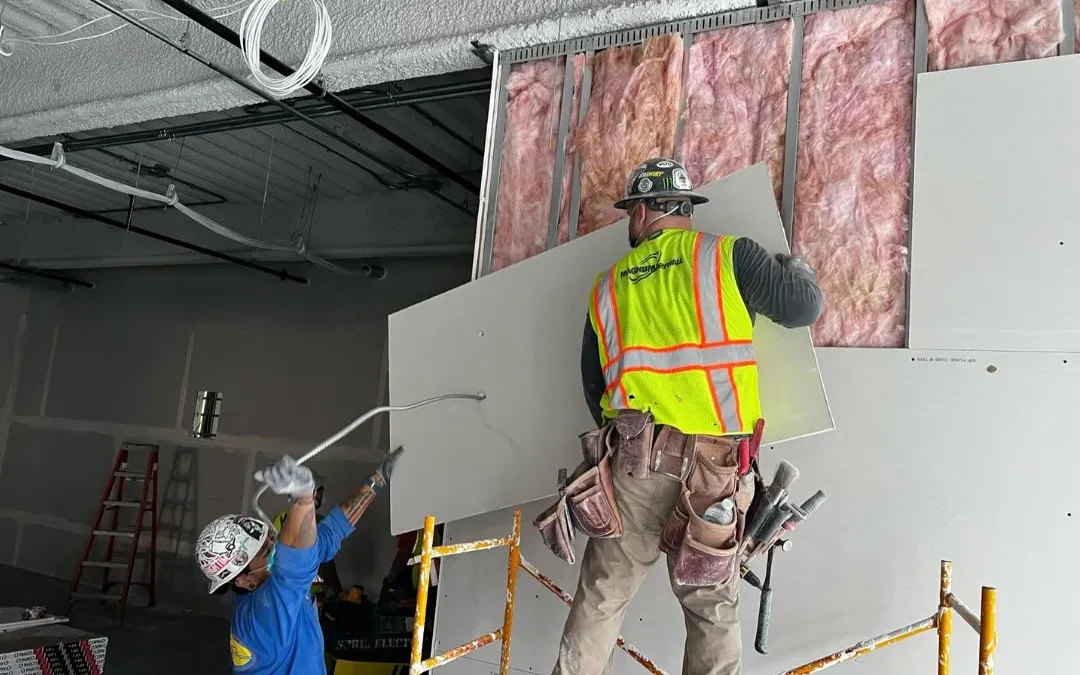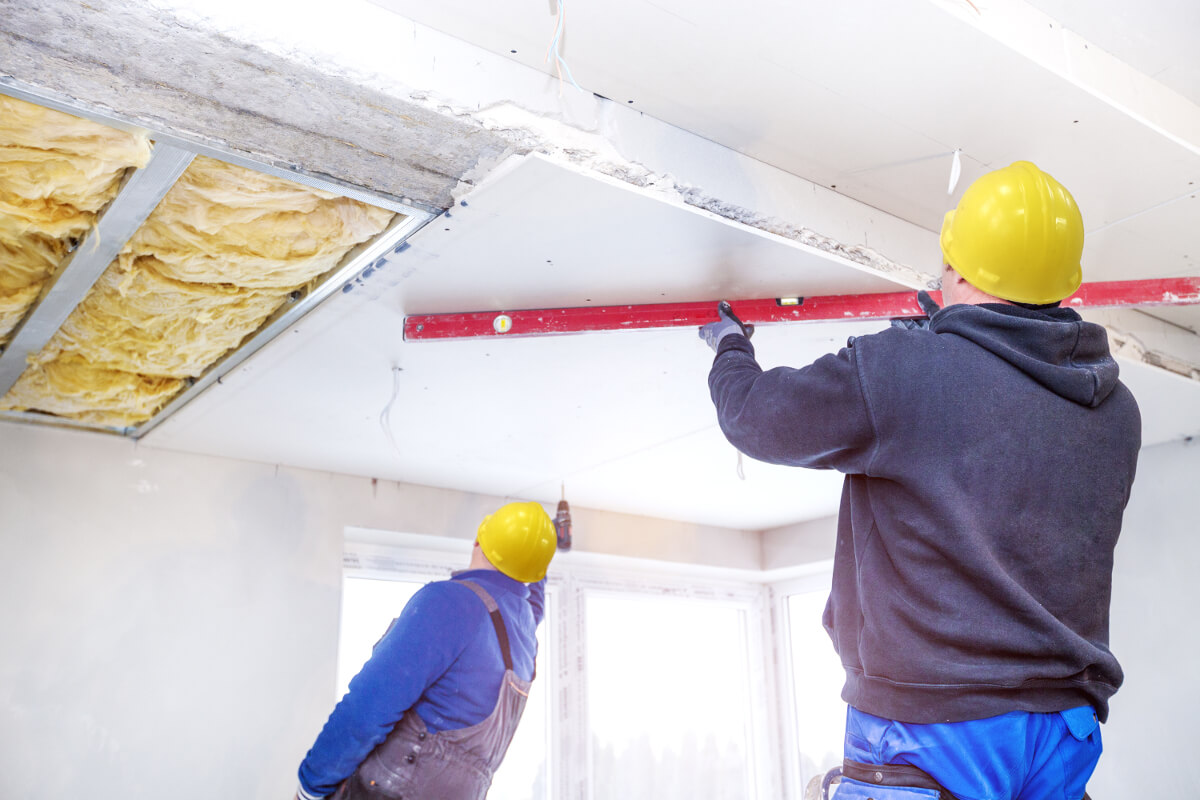Full Guide to Reliable and efficient Drywall Installment
Drywall setup is a crucial component of any building and construction or renovation task, requiring a thorough strategy to guarantee both effectiveness and integrity. It is necessary to discover the nuances of each step in the procedure, as they collectively add to the total success of the drywall installment.
Vital Tools for Drywalling
When getting started on a drywall installment task, having the right devices is critical for achieving an expert finish. Necessary tools consist of a drywall blade, measuring tape, and a T-square, which are fundamental for precise dimensions and smooth cuts. A drywall lift is also very valuable, especially for ceiling installments, enabling less complicated handling of hefty panels.
For fastening the drywall, a cordless drill and drywall screws are needed. The drill ought to be geared up with a drywall little bit to make sure effectiveness and accuracy. Additionally, a key device is the drywall saw, which promotes cutting about other barriers and electrical outlets.

Furthermore, protective equipment such as safety and security glasses and a dust mask are necessary to make sure individual safety during the setup process. Using the right devices not just boosts the quality of the installment yet additionally streamlines the operations, making the project extra effective overall.
Preparing the Space

Following, assess the condition of the ceilings and walls. Repair any kind of existing damage, such as holes, splits, or peeling paint, to make certain a smooth and also surface for drywall application. In addition, look for electric outlets, plumbing lines, and heating and cooling ducts, marking their places to prevent difficulties during installation.
It is also crucial to gauge the area properly, establishing the dimensions of the walls and ceilings to compute the ideal amount of drywall required. Produce a thorough strategy that consists of the layout and orientation of the drywall panels.
Installation Techniques
Reliable installment strategies are essential for description attaining a professional finish in drywall projects. Correct dimension and cutting of drywall sheets are essential steps. Constantly gauge the wall surface room precisely, enabling any kind of switches or outlets. Utilize an energy knife for clean cuts, scoring the paper face and snapping the board along the racked up line.
When hanging drywall, begin with the leading and work downward, making certain that the lengthy edge of the board is perpendicular to the framing. Protect the sheets with screws as opposed to nails, which give greater holding power and lower the risk of standing out. Location screws every 12 inches along the edges and every 16 inches in the field of the board.
For edges, utilize corner grains to achieve sharp, tidy sides. When setting up on ceilings, make use of a drywall lift or have a partner help in holding the sheets in position (drywall repair). Maintain a gap of regarding 1/4 inch above the flooring and ceiling to accommodate growth and contraction
Finishing Touches

Begin by using joint tape over the seams. This can be either paper or fiberglass fit together tape, with paper being chosen for its sturdiness. When the tape is in area, it's time to apply the initial layer of joint substance, likewise called mud. Utilize a 10 to 12-inch taping blade to spread the substance uniformly over the taped seams, feathering the edges to blend with the surrounding drywall.
Enable the substance to dry thoroughly, commonly 1 day. After drying, sand the surface area lightly with fine-grit sandpaper to get rid of any kind of imperfections. drywall fort worth. Repeat the mudding and fining sand process, typically 2 to 3 coats, making sure each layer is smooth and flush with the drywall surface
Usual Mistakes to Stay Clear Of
Lots of DIY fanatics experience mistakes throughout drywall installation that can jeopardize the final outcomes. One common mistake is failing to correctly reduce and gauge drywall sheets.
One more constant error is improper attachment. Utilizing too couple of screws or nails can lead to loosened drywall, while overdriving bolts can cause the paper to tear, compromising the why not try these out structure. It's vital to preserve consistent spacing, normally every 16 inches, and to make sure that bolts are flush with the surface area.
Moreover, not attending to wetness concerns prior to setup can cause mold development and structural damage. Always examine the setting and use moisture-resistant drywall in high-humidity locations.
Verdict
Reputable and efficient drywall installment needs thorough interest to information throughout the procedure. Preventing common errors additionally contributes to a specialist outcome, emphasizing the value of precision and technique in effective drywall tasks.
It is necessary to discover the subtleties of each action in the procedure, as they jointly contribute to the overall success of the drywall setup.When getting started on a drywall setup project, having the right devices is crucial for attaining an expert finish.For fastening the drywall, a cordless drill and drywall screws are required.Effectively preparing the space is important for blog here a successful drywall installation.Effective installment methods are important for achieving a professional coating in drywall projects.